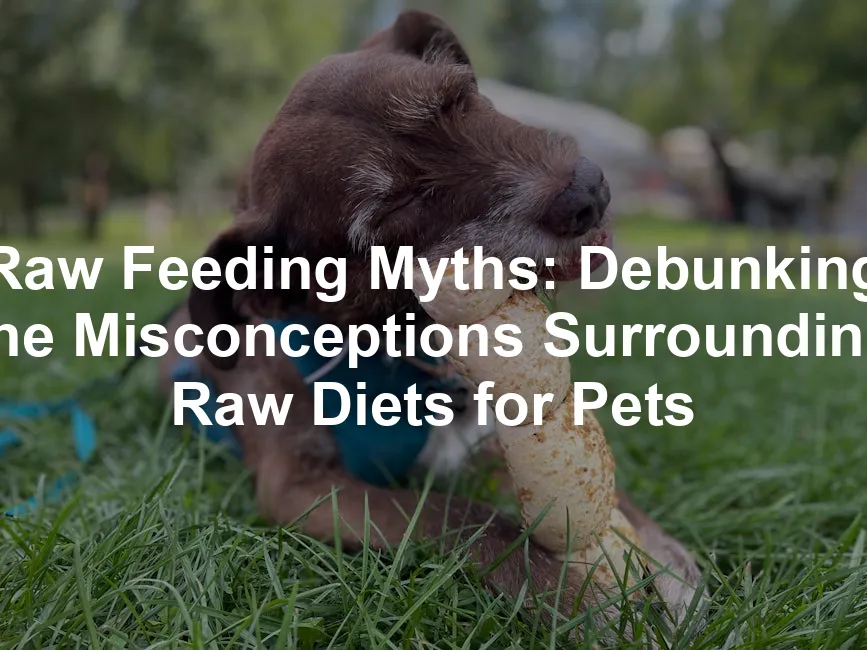Introduction
Raw feeding for pets is gaining traction. More pet owners are exploring this natural diet. However, many myths and misconceptions muddy the waters. It’s crucial to differentiate between myths and facts to ensure your pet’s health.
If you are considering raw feeding, check out the Raw Pet Food options available on Amazon. These pre-packaged options can save you time and ensure your pet gets balanced nutrition without the hassle of meal prep.
Summary and Overview
Raw feeding involves providing pets with uncooked, species-appropriate foods. This diet aims to emulate what dogs and cats would eat in the wild, potentially improving their overall health. The rise of raw feeding has led to numerous myths, often stemming from misinformation spread by various sources.
Misunderstandings about raw diets can confuse pet owners, making it vital to grasp the nutritional needs of pets. A raw diet can effectively meet these needs when properly planned. This article’s goal is to debunk common myths surrounding raw feeding and present factual information based on research and expert opinions. By doing so, pet owners can make informed decisions, leading to healthier and happier furry companions.
To kickstart your raw feeding journey, consider picking up a Raw Dog Food Recipe Book. This can help you create delicious and nutritious meals tailored to your pet’s needs.

Common Myths About Raw Feeding
Myth 1: Raw Food is Dangerous Due to Harmful Bacteria
Many believe raw feeding invites harmful bacteria like salmonella. This fear often stems from misunderstandings about pet digestion. Dogs have highly acidic stomachs that help neutralize bacteria. In fact, their stomachs can effectively kill most pathogens they encounter.
Proper food handling is crucial. Always wash your hands before and after handling raw meat. Clean all surfaces and utensils used in preparation. Storing raw meat correctly also helps minimize risks. While raw diets can carry some bacteria, the risk is manageable. When done right, raw feeding can be safe and beneficial for your dog.
Myth 2: Raw Feeding Makes Pets Aggressive
Another common myth suggests that raw diets lead to aggressive behavior. This belief is misguided. A pet’s behavior stems from various factors, including training and genetics. There is no direct link between a raw diet and aggression.
In fact, a balanced raw diet can support overall health. Proper nutrition may even improve your pet’s mood and behavior. Ensuring your dog receives all necessary nutrients is key. When pets feel healthy and content, they are less likely to exhibit aggression. So, focus on balanced meals, not just the type of food.
To keep your dog happy and entertained, don’t forget to provide them with Dog Chew Toys. They are a great way to keep your furry friend occupied and can help with dental health too!

Myth 3: Cooked Food is Safer than Raw Food
Many pet owners believe cooked food is safer than raw diets. However, this idea overlooks some important nutritional facts. Cooking can destroy vital nutrients, such as certain vitamins and amino acids. For instance, cooking meat can reduce the levels of B vitamins and essential fatty acids. These nutrients are crucial for your pet’s overall health.
Research shows that raw diets often retain higher bioavailability of certain nutrients. A study published in the Journal of Animal Science found that dogs on a raw diet exhibited better coat condition and energy levels compared to those on cooked diets. By providing species-appropriate raw food, pet owners can ensure their furry friends receive optimal nutrition without the nutrient loss that cooking entails.
To maintain your pet’s health, consider adding Dog Vitamins and Supplements to their diet. These can help fill any nutritional gaps and support overall wellness.
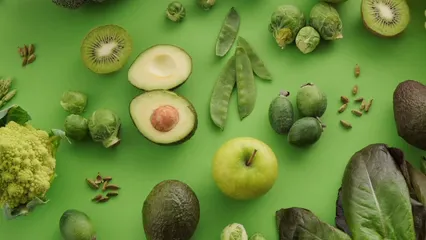
Myth 4: Raw Bones Are Dangerous
Concerns about raw bones often stem from fears of splintering. Many believe these bones pose a significant risk to pets. However, raw bones are generally much safer than cooked bones. While cooked bones can splinter easily and cause choking or internal damage, raw bones are softer and easier to digest.
Raw bones provide numerous health benefits. They help clean your dog’s teeth and promote healthy gums, reducing the risk of dental disease. Additionally, bones are rich in essential nutrients like calcium and phosphorus, which support bone health. It’s essential to monitor your pet while chewing bones and choose appropriate sizes to prevent choking. When given correctly, raw bones can be a valuable addition to your pet’s diet.
For more information on how to ensure your dog’s dental health, check out this guide on Understanding canine dental health and home care tips.
For a safe and nutritious treat, consider Raw Bone Treats. They are not only delicious but also beneficial for your dog’s dental health!
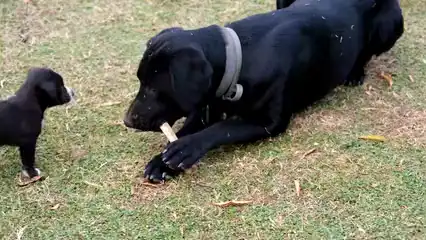
Myth 5: Dogs Cannot Eat Raw Food at Any Age
A common misconception is that only adult dogs can thrive on raw diets. In reality, puppies can benefit significantly from raw feeding. Starting a raw diet as early as weaning can support their healthy growth. Nutritional needs for puppies differ from those of adult dogs, requiring specific proportions of protein and fat.
Introducing raw food gradually can help puppies adapt. Begin with soft proteins like ground meat and gradually incorporate bones as they grow. Consult with a veterinarian to ensure the diet meets their developmental needs. By providing a balanced raw diet, you can set the foundation for a healthy and active life for your dog, regardless of their age.

Myth 6: Raw Diets Are Too Complicated and Unbalanced
Many pet owners think raw feeding is a daunting task. They worry about balancing nutrients or preparing meals from scratch. However, this is no longer the case. Pre-packaged raw diets are now available, designed to provide complete nutrition without the hassle. These products are formulated by experts, ensuring your pet receives all necessary vitamins and minerals.
Consulting with a veterinarian or a pet nutritionist is essential. They can help you plan a raw diet tailored to your pet’s specific needs. This guidance ensures that your furry friend gets a balanced and nutritious meal every day. With the right resources, raw feeding can be simple and beneficial.
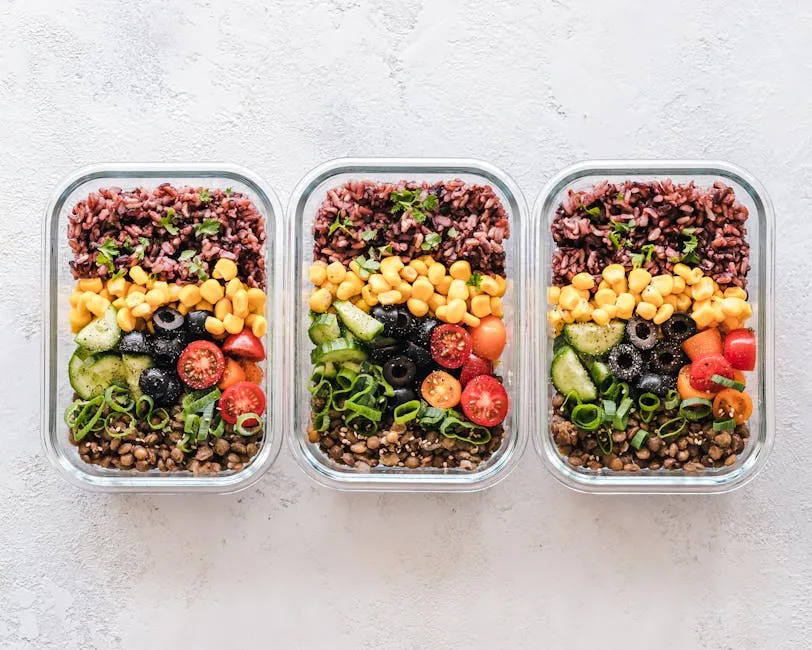
Looking for the perfect container to store your pet’s food? Check out this Pet Food Storage Container. It keeps your pet’s food fresh and safe from pests.
Myth 7: Raw Feeding is Too Expensive
The idea that raw feeding is prohibitively expensive often deters pet owners. While it may seem costly at first glance, consider the long-term benefits. A raw diet can lead to fewer vet visits and better overall health, which may save you money over time.
When comparing raw diets to traditional kibble, consider the hidden costs of processed foods. Many kibbles contain low-quality ingredients that can lead to health issues. Additionally, you can find budget-friendly raw options. Mixing raw food with kibble or purchasing in bulk can help reduce costs.
And while you’re at it, don’t forget to grab a Dog Food Scoop to make serving meals easier and mess-free!
Myth 8: Raw Feeding is Not Suitable for Small Dogs
Some believe raw diets are only for large breeds. This misconception overlooks the fact that all dogs can thrive on raw food, regardless of size. Small dogs can benefit significantly from a raw diet when portioned correctly.
The key is to provide appropriate-sized meals and monitor their intake. Smaller breeds often need different protein sources and ratios, but they can still enjoy the health benefits of raw feeding. With the right approach, every dog, big or small, can flourish on a raw diet.
For insights on creating a safe environment for small dogs, refer to this article on How to create a safe play area for small dogs.
Don’t forget to invest in a Pet Carrier Backpack for your small dog. It’s perfect for outings and ensures they travel safely and comfortably!
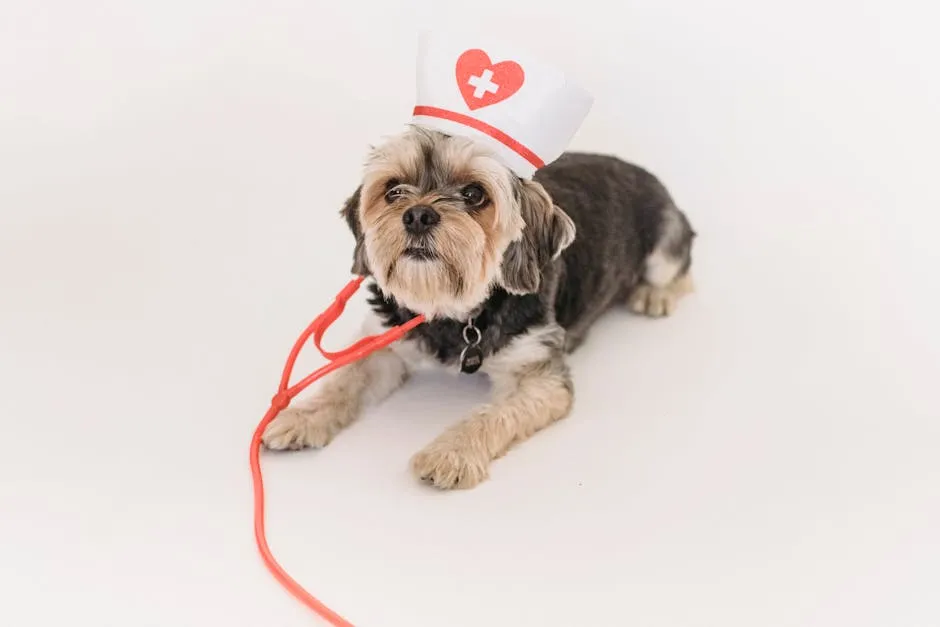
Conclusion
Debunking myths about raw feeding is crucial for pet owners. Misconceptions can lead to confusion and poor dietary choices. By understanding the facts, you can make informed decisions for your furry friends.
Thorough research is key. Always consult with a veterinarian or pet nutritionist before changing your pet’s diet. They can provide tailored advice and help you navigate any concerns.
A well-balanced raw diet can offer significant health benefits. It may improve skin, coat, and overall vitality. When done correctly, raw feeding can lead to happier and healthier pets.
FAQs
Is raw feeding safe for dogs?
Yes, raw feeding can be safe. Dogs have strong digestive systems that handle bacteria well. Proper food handling and hygiene practices greatly reduce risks. Always wash your hands and clean surfaces after handling raw meat.
Can I mix raw food with kibble?
You can mix raw food with kibble, but it may cause digestive upset in some dogs. If your dog has a sensitive stomach, transition gradually to avoid any issues. Monitor their reactions to both types of food.
What should I do if my dog refuses raw food?
If your dog is hesitant, try transitioning slowly. Start with small amounts mixed into their regular food. Gradually increase the raw portion until they accept it. Patience is key during this process.
How do I ensure a balanced raw diet for my pet?
Planning is essential for a balanced raw diet. Include a variety of proteins, organs, and bones. Consulting with a veterinarian can help create a meal plan that meets your pet’s specific nutritional needs.
Are there specific breeds that shouldn’t eat raw food?
All breeds can thrive on a raw diet with proper planning. However, consult your veterinarian if you have concerns about your dog’s specific dietary needs or health issues. They can provide guidance tailored to your pet’s breed and age.
And while you’re at it, consider grabbing a Dog Shampoo for Sensitive Skin. Keeping your dog’s coat clean and healthy is essential, especially if they are transitioning to a raw diet!
Please let us know what you think about our content by leaving a comment down below!
Thank you for reading till here 🙂
All images from Pexels

